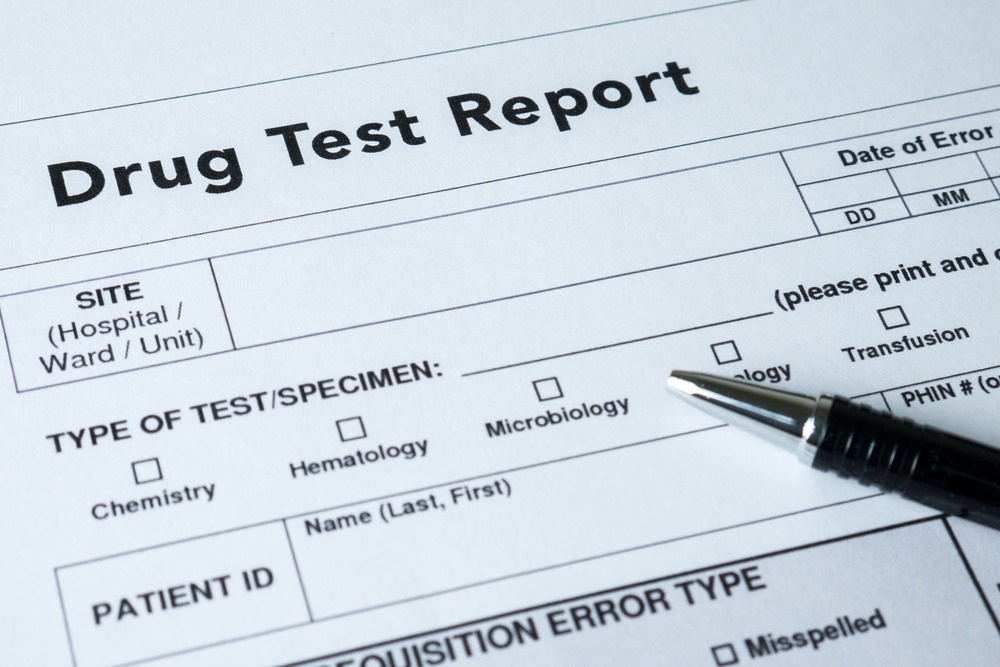
The U.S. Department of Transportation (DOT) recently published updated drug testing guidelines for federal transportation employees in safety-sensitive positions that include testing for four semi-synthetic opioids – oxycodone, hydrocodone, oxymorphone and hydromorphone.
Drug testing of certain transportation employees is required to ensure the public’s safety and reduce the number of accidents related to drug or alcohol use. Updating the guidelines to expand drug testing to include highly abused opioids harmonizes the DOT with the Department of Health and Human Services’ mandatory guidelines for federal drug testing programs.
“The opioid crisis is a threat to public safety when it involves safety-sensitive employees involved in the operation of any kind of vehicle or transport,” DOT Secretary Elaine Chao said. “The ability to test for a broader range of opioids will advance transportation safety significantly and provide another deterrence to opioid abuse, which will better protect the public and ultimately save lives.”
The updated guidelines go into effect Jan. 1, 2018.
Annually, DOT conducts 6.3 million urine tests at a cost of $3.8 million. The HHS estimates 1 percent of all drug tests will be positive.
DOT recommends updating blind specimen requirements. The updated guidelines also removes methylenedioxyethylamphetamine as a confirmatory test analyte and makes it an initial test analyte.